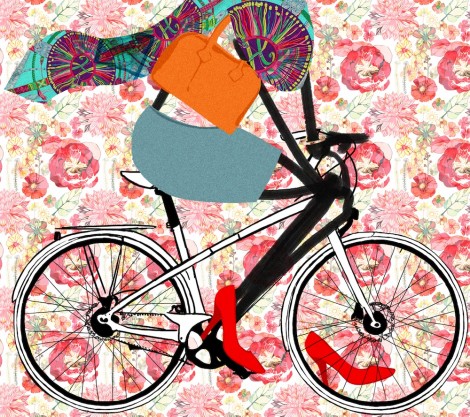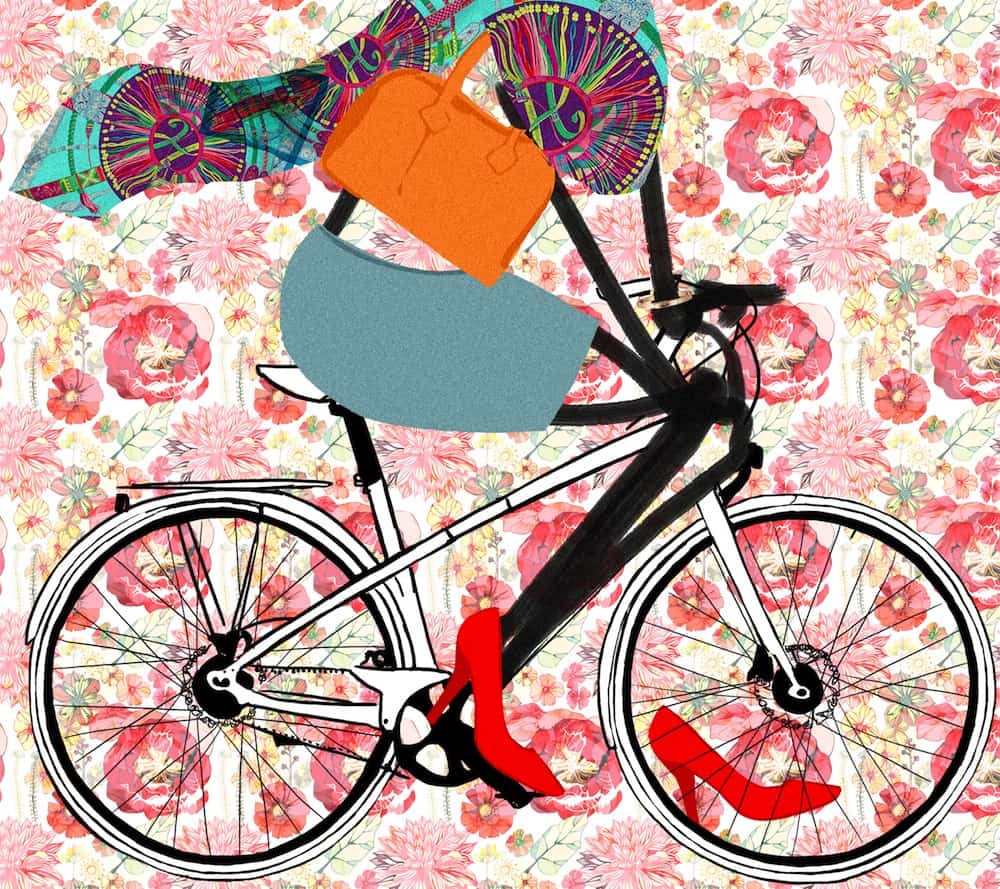This season, French luxury retailer Hermès has decided to enforce its new motto, “a sporting life,” with the launch of handcrafted, leather-adorned bicycles.
If you possess even a minute awareness of fashion, you’d understand that anything Hermès touches turns to gold — and costs its weight in it too. One handcrafted Le Flâneur bicycle will cost a cool $11,000 — a price as sleek as its projected silhouette.

ALEX WONG/THE VARSITY
However, don’t expect to get much bang for your buck. According to François Doré, the managing director of Hermès’ Horizons department, the product is designed to be “a real bike that is easy to use.” We can all agree that the company made a smart move in avoiding high-performance competition, sticking to what it knows best. But the question is, what “real bike” needs to cost as much as a car?
The general public may scoff at this projection, but the truth is, Hermès usually gets it right. Many industry insiders applaud the design house for exercising restraint in the genres it explores — sticking to high-end athletics and fashion accessories. Although many customers lap up the label’s equestrian gear, scarves and belts, one product stands far above its peers: the Birkin handbag, arguably combining the art world with daily life, is a sure-fire symbol of the “I made it” society. Named after English actress and singer Jane Birkin, the bag costs at least as much as Le Flâneur, although most try to conceal the price in favor of modesty. After scouring the internet and the minds of various fashion insiders, I’ve gathered that this tote can cost anything from $10,000–$80,000 — with no flaws to be found at any price. Regardless of rumors, however, it’s crystal clear: if you own a Birkin, your disposable income is very, very high.
Most wealthy clientele consider their purchases as investments. Many covet art and fine craftsmanship, and being able to carry a piece of Hermès with them is a blend of both worlds. These pieces hold their retail value, too — at auction, a Birkin buyer pays a 25 per cent premium over what is charged in-store.
Yet, will a bike, such a utilitarian commodity, be treated similarly? It has been argued that today’s high rates of bike theft have left consumers hesitant in making such investments. Hermès doesn’t need to worry, however — the projected owners of these toys won’t be thinking about them as home-to-office transport; rather, they’ll be something fun to use on weekends in the south of France.
As an avid cyclist and university student, my mind was immediately peppered with questions on the value of an $11,000 bike. What happens if you leave it in the rain? Is it light? How durable is this “luxury good?” Just the fact that I posed these questions shows I’m not yet ready to own one, though I expect the one per cent to embrace them with a charming laugh and a graceful swipe of the credit card. These bikes will be beautiful, and someone should enjoy them. Who are we to judge?
Over the past year, Hermès has brought its shareholders returns just shy of 20 per cent, with dividends swelling by 20 per cent over five years. Evidently, Hermès is doing pretty well for a luxury goods company. The company has a long history of superb craftsmanship, storied elegance, and durability, turning the pieces into great investments. These factors keep regulars returning to the brand, while simultaneously breeding a new crop of aspiring clients. Hermès has made previous attempts to attract a younger generation of buyers but by elevating prices, establishing waiting lists for coveted products, and designing products such as a ‘luxe’ bicycle and a $12,900 basketball, is Hermès crafting its “ideal” demographic? Perhaps. By launching a loftily priced bicycle, Hermès ensures that students like us won’t be riding one anytime soon.


